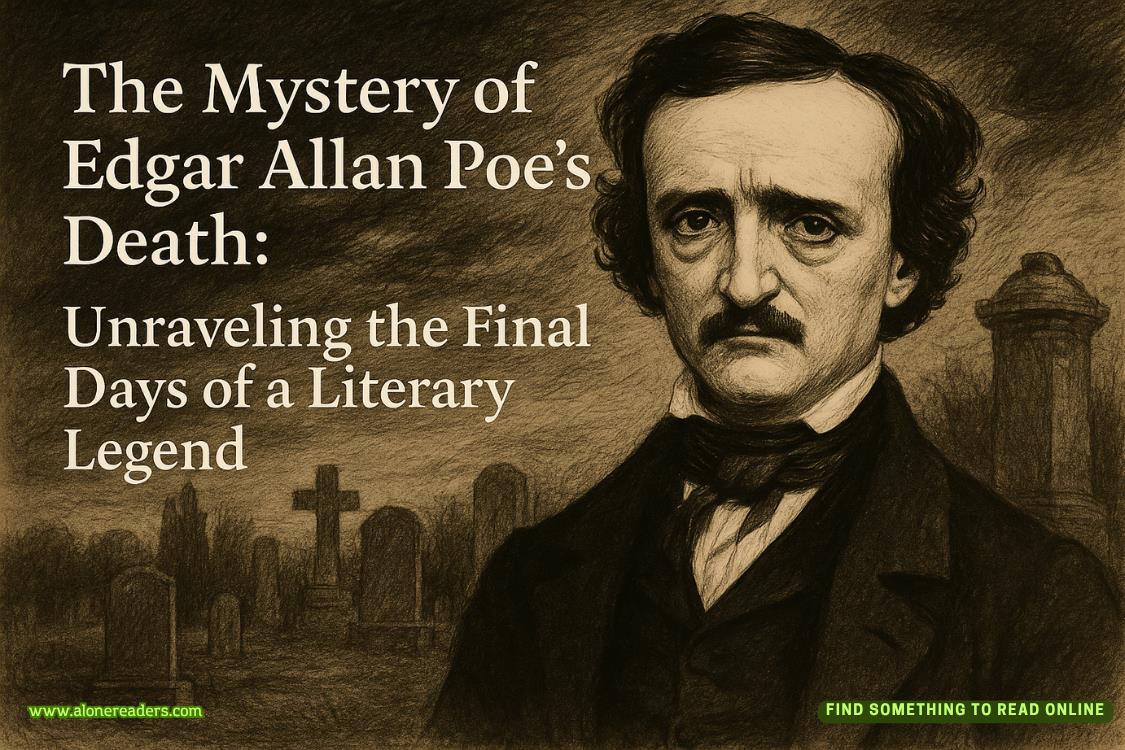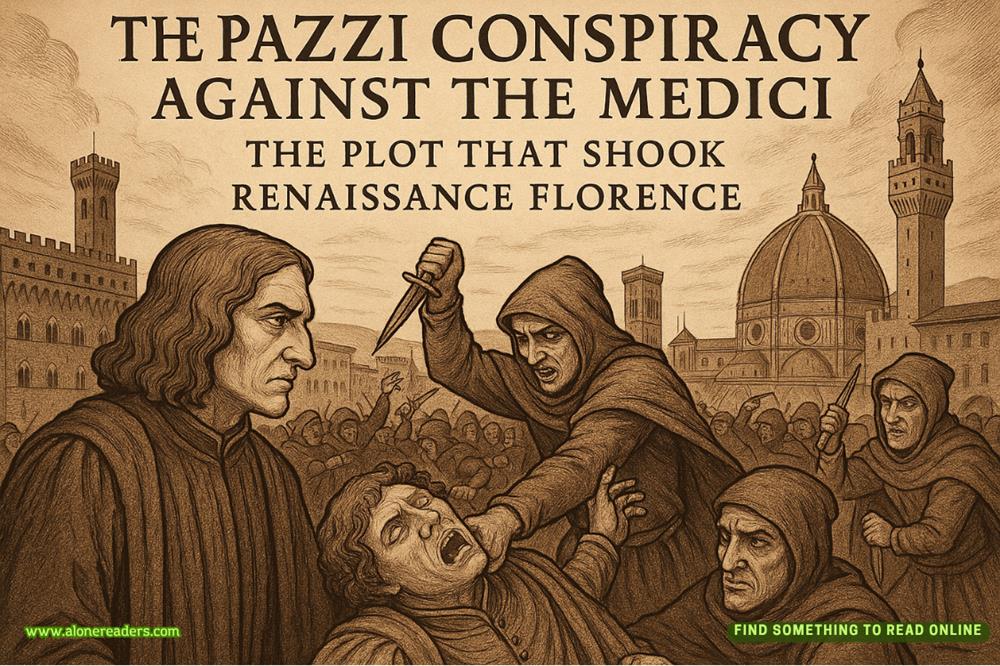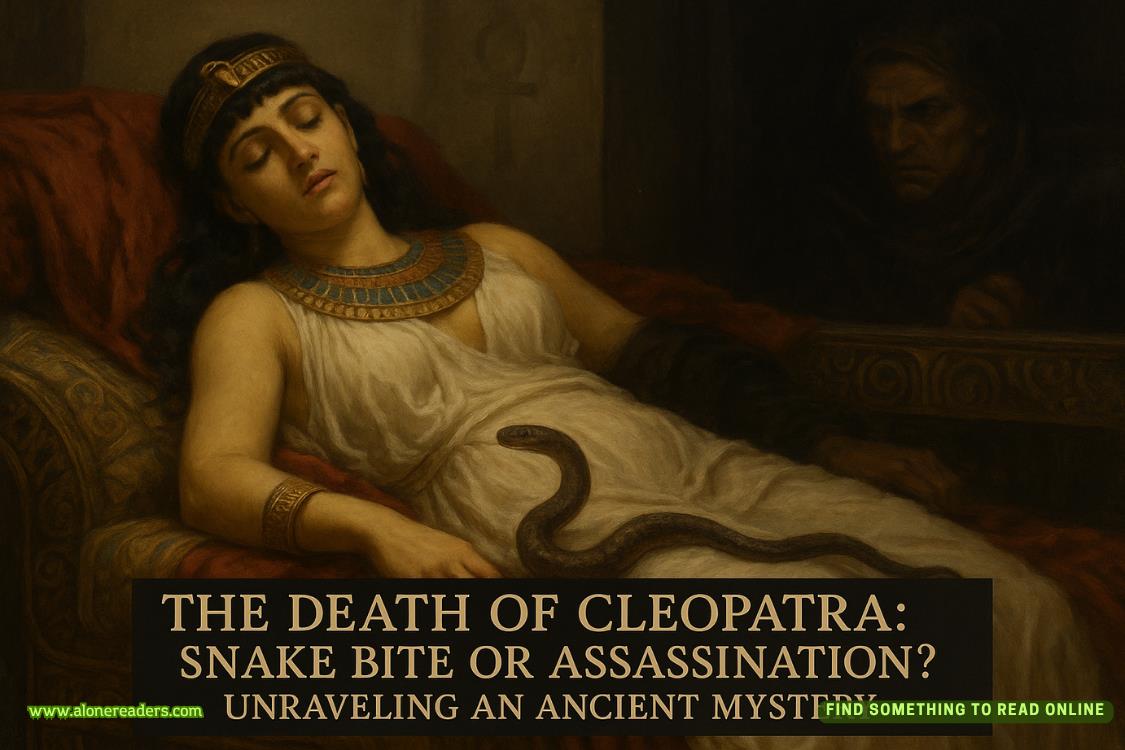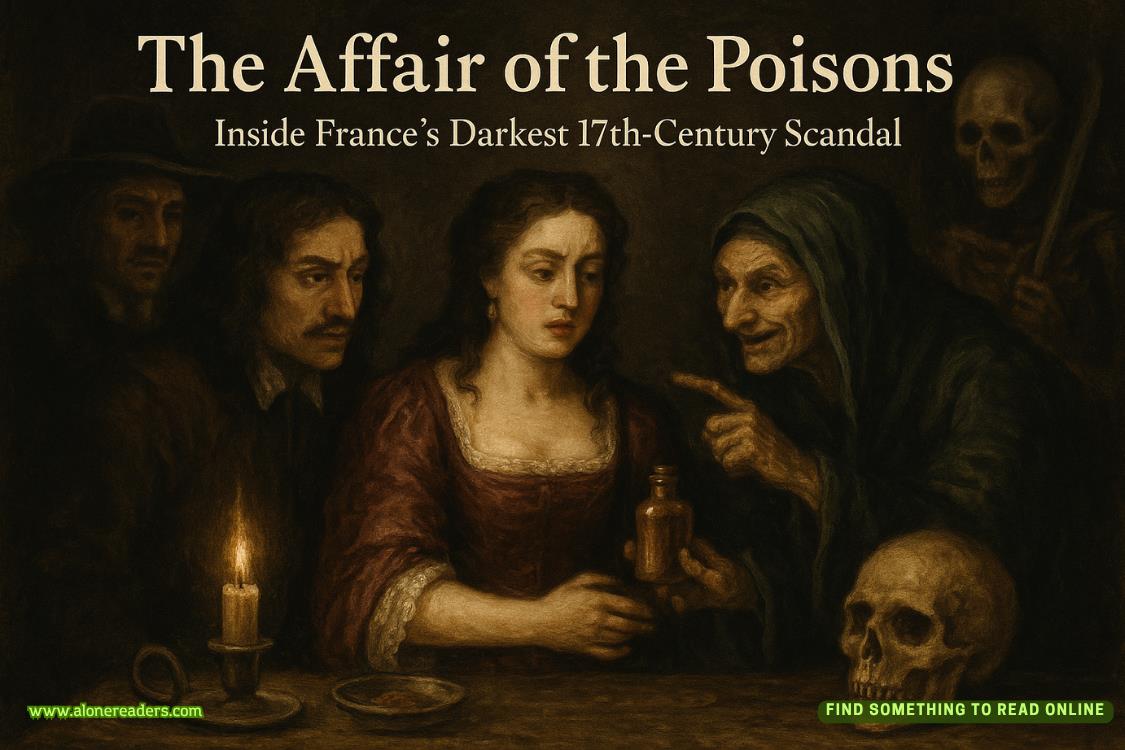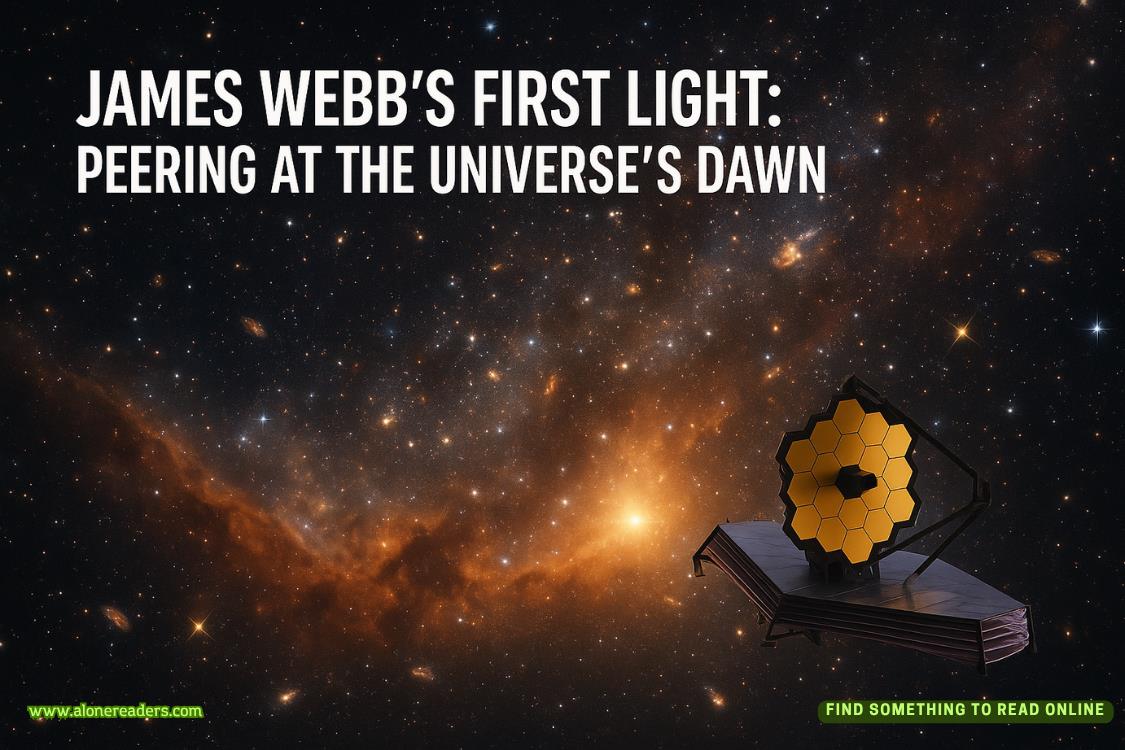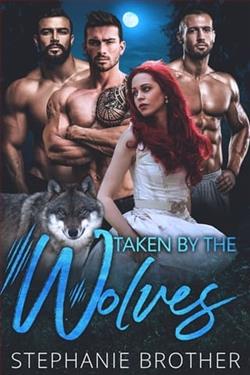Page 14 of I Will Always Find You
It was only a brief moment of weakness. How could anything significant possibly arise from such a trivial lapse, this ephemeral flicker in the vast well of our shared lifetimes?
It seemed absurd to him to think that a moment so inconsequential could have the power to shape fate.
Aodhán looks confused. Good. He could not possibly understand what he saw.
But the damage was done, and an undeniable weight settled upon the Romani witch, a sense of impending divine reckoning looming on the horizon like a storm gathering strength.
Still, he firmly convinced himself to push the troubling thoughts out of his mind, striving to banish the swirling doubts and anxieties that threatened to take hold.
Whether feigning ignorance or delusionally self-assured of their welfare, consequences awaited the Romani witch and his eternal beloved, regardless; both were entangled in a web of a doomed fate. The Wheel of Destiny takes advantage of any misstep.
And that fateful moment of reckoning had finally come. This night—one year since their first meeting—was the night the shadow of dark providence would descend upon the star-crossed lovers.
The Rite of Samhain was soon to begin.
As the Hunter’s Moon hung low in the twinkling expanse of the clear night sky, its profound vermilion illumination cast a gentle, warm glow upon the earth. While a full moon, specifically a “Hunter’s Moon,” could occur in October, it was extremely rare for it to fall on Samhain, making this night’s festivities all the more auspicious. The alignment of these celestial events infused the air with an aura of magic and significance, intensifying the liveliness of the evening’s festivities.
The coven of witches within the Celtae community practiced their mysticism and naturalist religion openly and free from fear of judgment or repudiation, protected, so far, by the expanse of the Curragh from encroaching Christian missionaries and their armies.
Though most in the community did not practisethe Craft of the Wiseor have any inherent mystical ability, they were all believers in the ancient ways. They revered the magic users among them, who were their leaders and protectors.
Now, half an hour before midnight on the thirty-first of October, the coven was set to perform the ancient and sacred Rite of Samhain. At this time of the year, the veil between the world of the living and the Otherworld, a realm of spiritual energies where deities, ancestral apparitions, and spirit animal guides resided, was thinnest.
It was a time for invoking divine and transcendental beings to seek prophecy, wisdom, good fortune, and lasting health for the year ahead. It was an opportunity to honour the gods of Éire by celebrating the cycles of life and death, all under the watchful gaze and approval of the Goddess.
Upon an open field within the great Curragh, the Romani witch stood off to the side in eager anticipation of the coming event. He was poised to witness the sacred rite for the first time tonight; the mystic Celtae witches moved silently around him, their flickering shadows hinting at the magic about to unfold.
The coven encircled a crackling bonfire, the air thick with the scent of damp earth, burning sage and foxglove, and autumn leaves. They all wore dark linen robes that billowed spiritedly around them, each garment intricately adorned with vibrant symbols of the harvest and the changing season. Beneath these ornate coverings, however, they bore not a stitch of cloth, their bare skin a stark contrast to the rich design work of their outer attire.
In preparation for the event, the Romani witch wore a long white robe given to him by Aodhán, though he wore trousers and a light tunic beneath. He recognized that the robe was more druidic in appearance than that of the coven witches’ attire. That distinction was intentional, he was told; it marked him as respected among them but an outsider, which was also why nudity was not required of him.
By wearing white linen sans flourish or detail, he would show respect to the Goddess and the Horned God, who would walk among them this night, invisible to all who were not blessed with the gift of a vision. The purity of the white robe ensured that the coven established to the gods they had no intent to blaspheme by bringing a stranger into their midst and attempting to pass him off as a believer of their faith.
It was not enough that the Romani witch was both a witch and an elementalist. His gods were of the Southlands, from Italia, not the deities of Éire. Their ways and reverence were not interchangeable.
The previous year, the Romani witch had not been permitted to observe the hallowed rite, for though he was most welcomeamong them, he had arrived only half a day before the event and was not a member of their small community.
Even if the townsfolk had disregarded that detail for him, being a mystic himself—which they did not—the Romani witch was certainly not a revered member of the coven; he was a visitor, a guest, and remained apart from them.
This year, however, was different. His beloved Aodhán, the head of the coven, had personally invited him to witness this wondrous mystical rite. The Romani witch was welcome to observe and learn their ways, remaining respectfully silent and out of the way.
Though he was well acquainted with Aodhán’s charm, power, and magnanimous nature, the Romani witch still found it shocking, though wonderful, to see a coven overseen by a man.
His grandmother, a woman who brooked no opposition to her convictions when she was alive, had conveyed to him that men were less in tune with the essence of Terra, who is Mother Earth, and her ethereal granddaughter, Luna, the moon, the child of the Titan gods Hyperion and Theia, who embodied the luminance of the sun.
Growing up under her tutelage, the Romani witch had often heard his grandmother say that because men could not create life, carry it within them, and bear it outward, they would never relate to the three spheres of celestial magic—Earth, Moon, and Sun—as deeply as womankind. Magic, at its core, is creation, and that was why his grandmother told him men could be part of a coven but never lead them.
The sentiment never sat well with the Romani witch, who believed it was the soul of a person, rather than the body, that truly connected humanity to the universe, to magic. The spirit, not flesh and blood. Men had their function in the creation of human life, and they should not be seen as lesser simply becausetheir physical form could not act as a receptacle for that life. That was a limited way of thinking for him.
His steadfast belief was that magic was abouttranscendingreality, making the impossiblepossible, whether expressed through witchcraft, wizardry, sorcery, or other mystic arts. Anyone could be intrinsically part of that, for the spirit ultimacy transcended the flesh.
The Romani witch understood that a womb was a blessing. Yet of all Cybele’s children, it was Jupiter whom Terra urged her to save from being swallowed by her husband, Saturn—not any of their daughters. Could that choice not have some deeper meaning? Mother and son? Woman and man working together?
For the Romani witch, duality was fundamental in nature and magic. In his view, neither aspect of humanity—the masculine or the feminine—was considered more important than the other. Each had its own role; no position or capacity was deemed more remarkable, powerful or significant than another.
He had never shared this belief with his mother or grandmother while they were alive, and although he felt that their spirits were aware of his thoughts now, they remained ever silent on the matter to him.
In any event, the Romani witch believed that if the Goddess had chosen Aodhán as her conduit, and the village and the coven wholeheartedly believed this, who was anyone to question it? He believed Aodhán was the perfect choice, for he embodied a harmonious fusion of masculine and feminine energies, a vibrant union between their Goddess’ nurturing grace and their Horned God’s primal strength.
